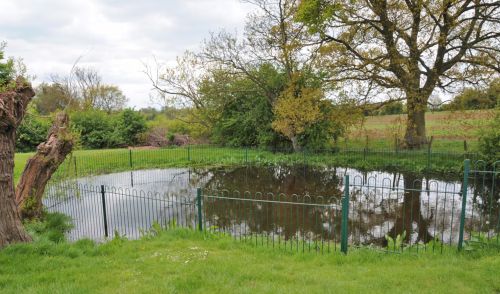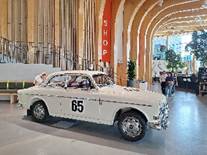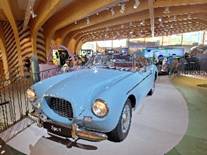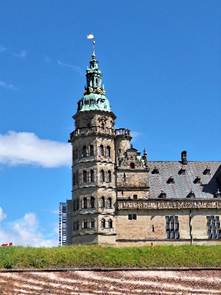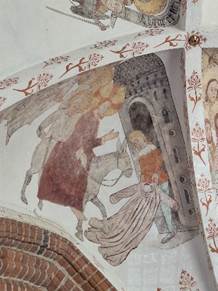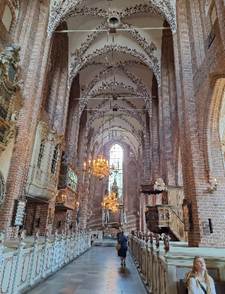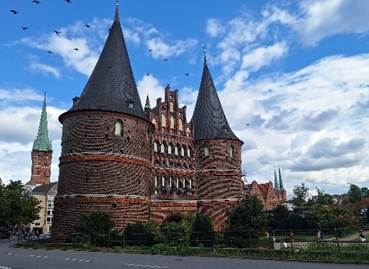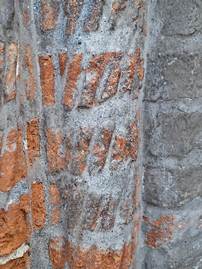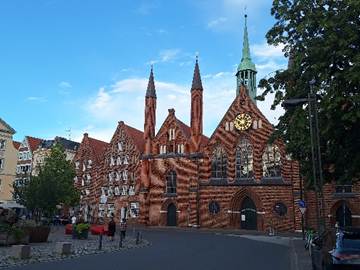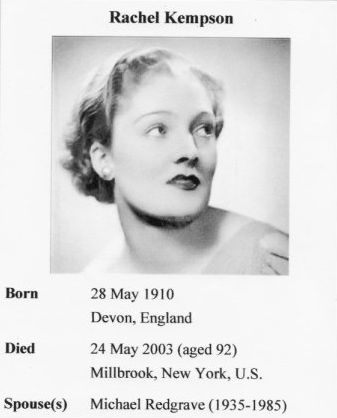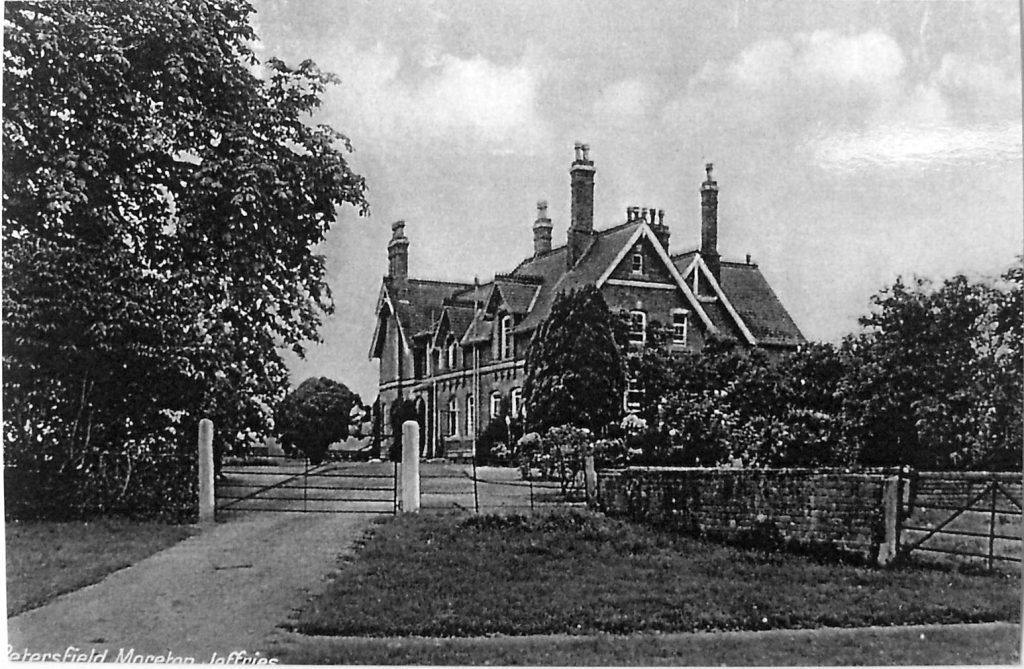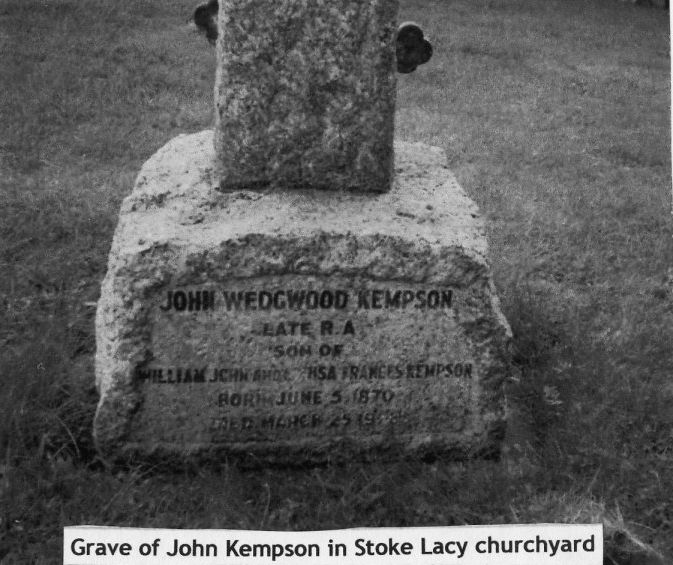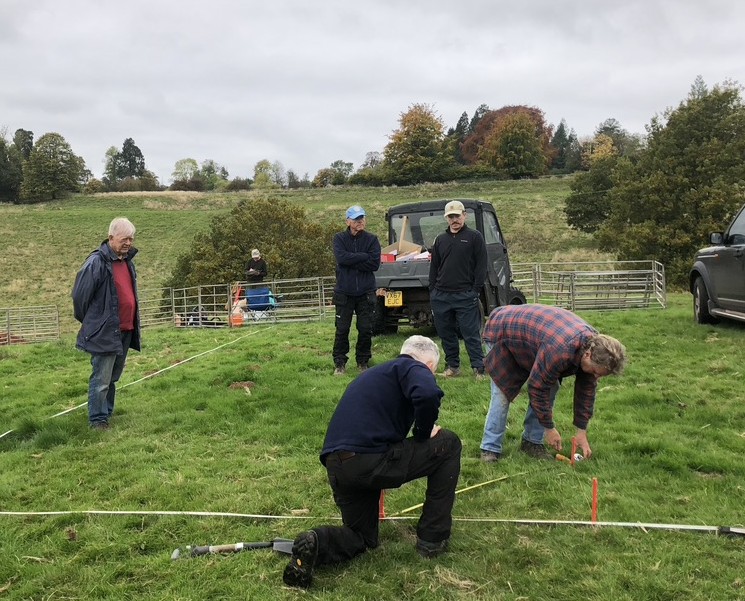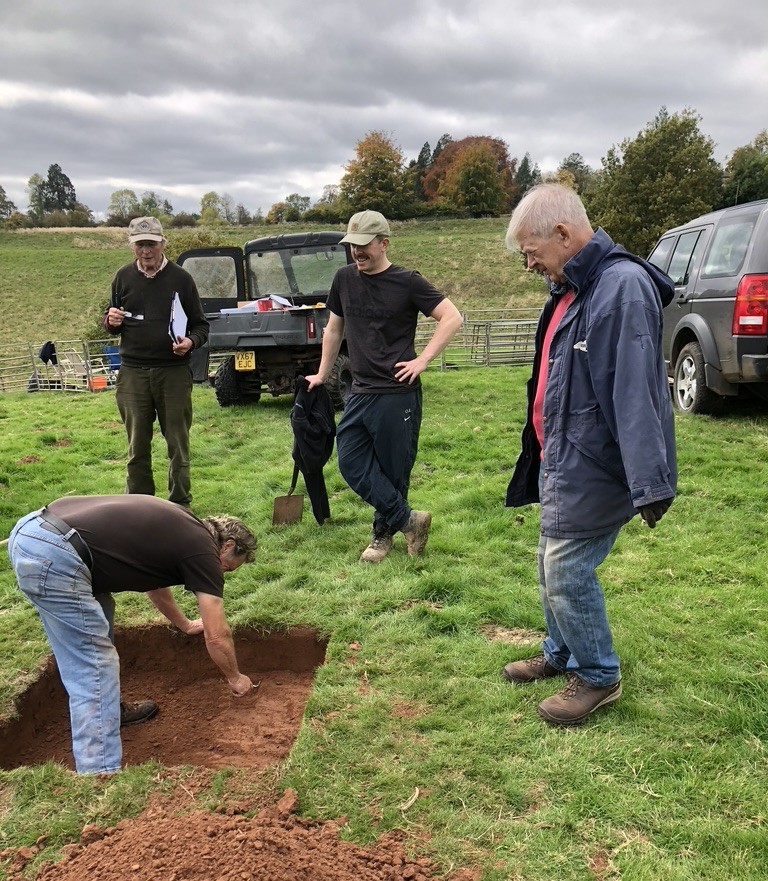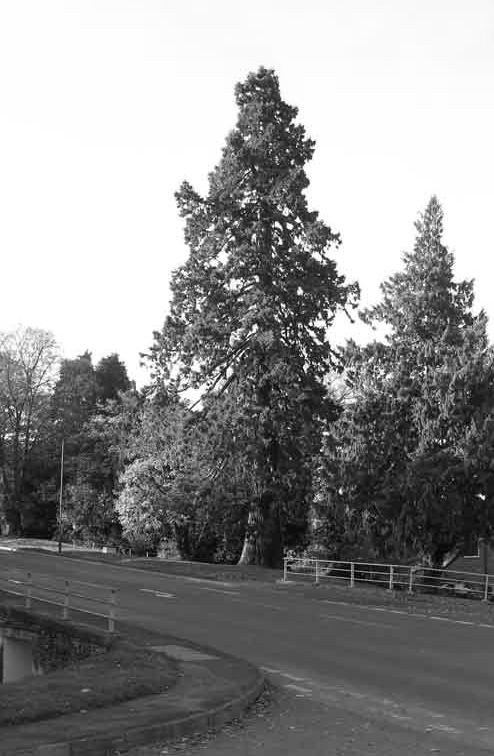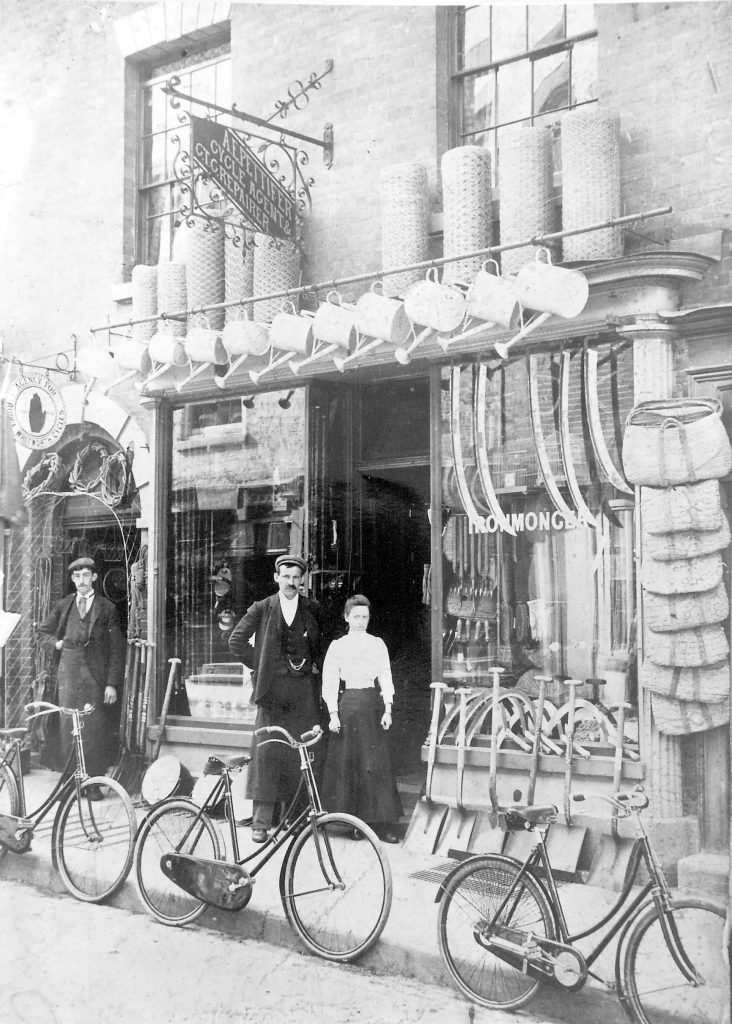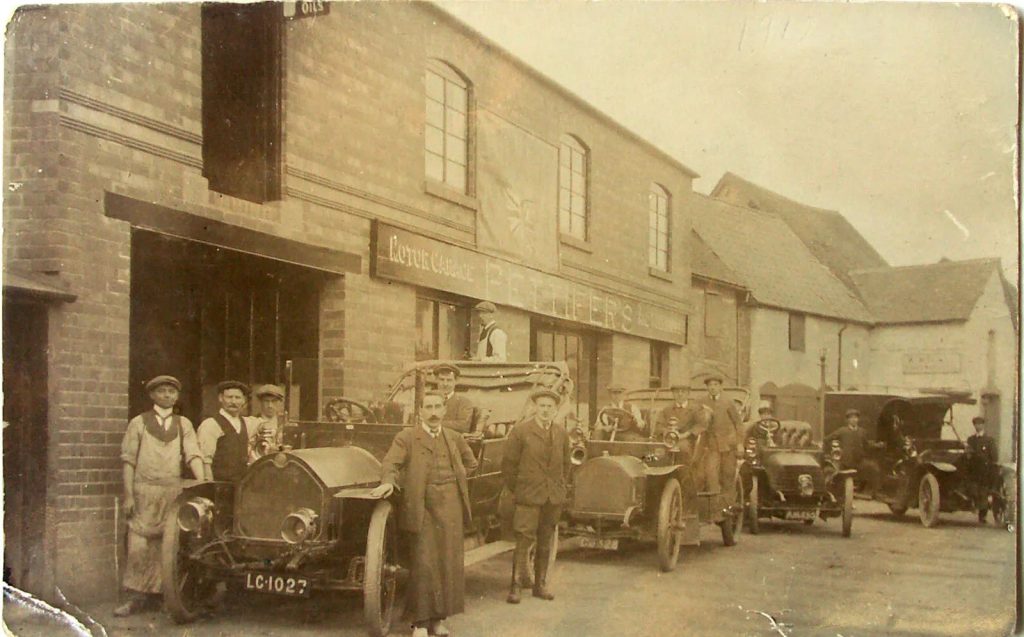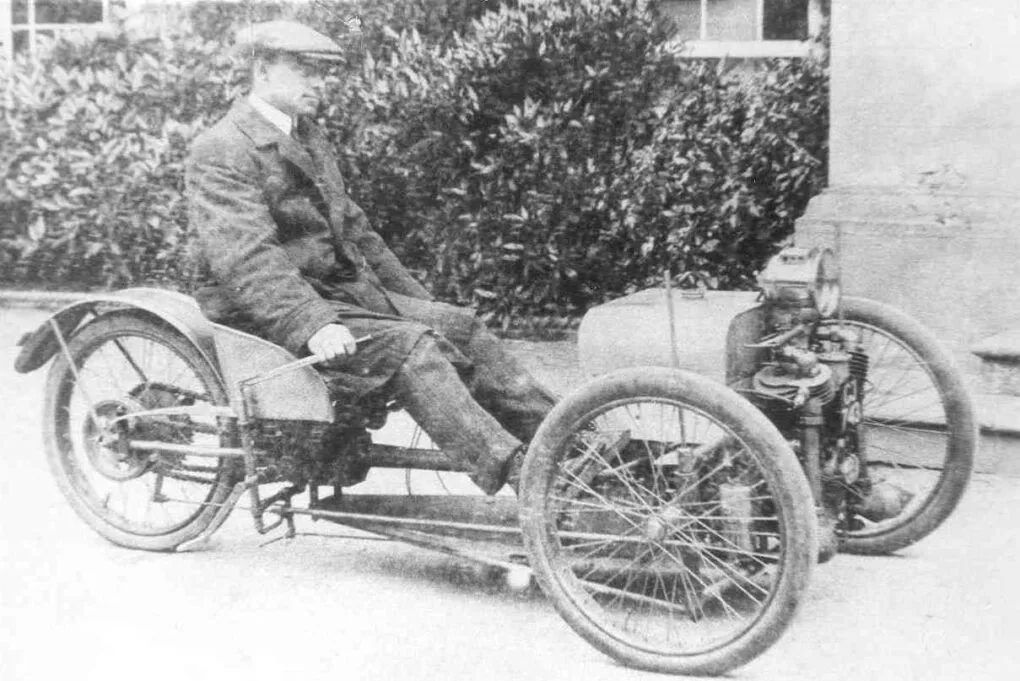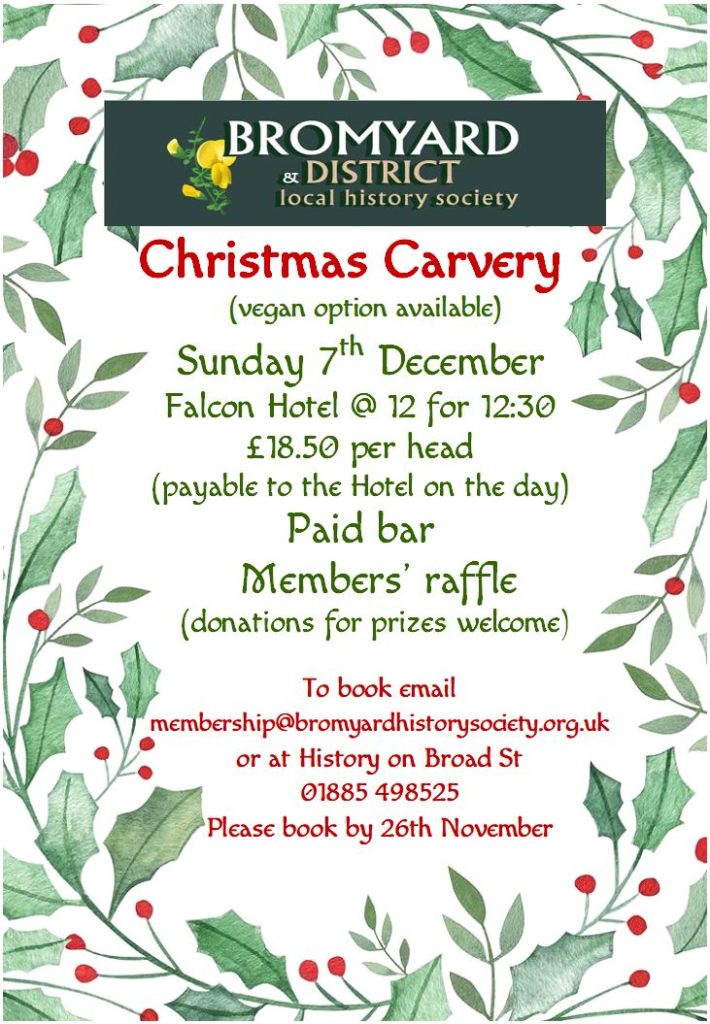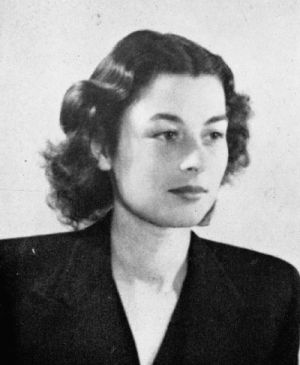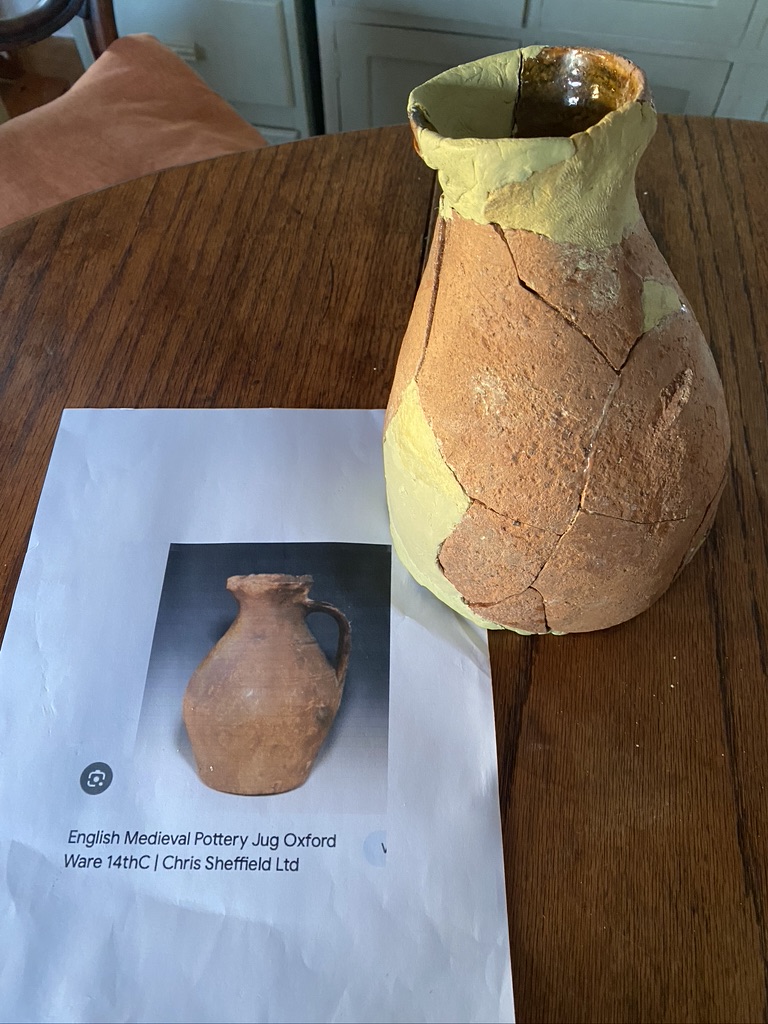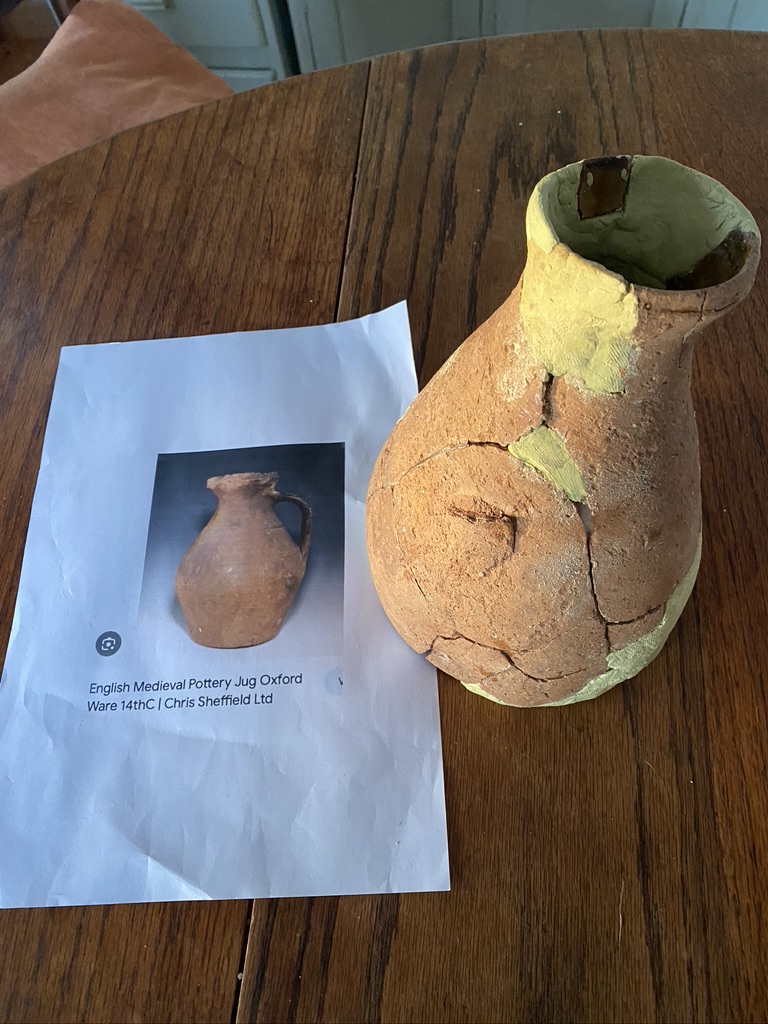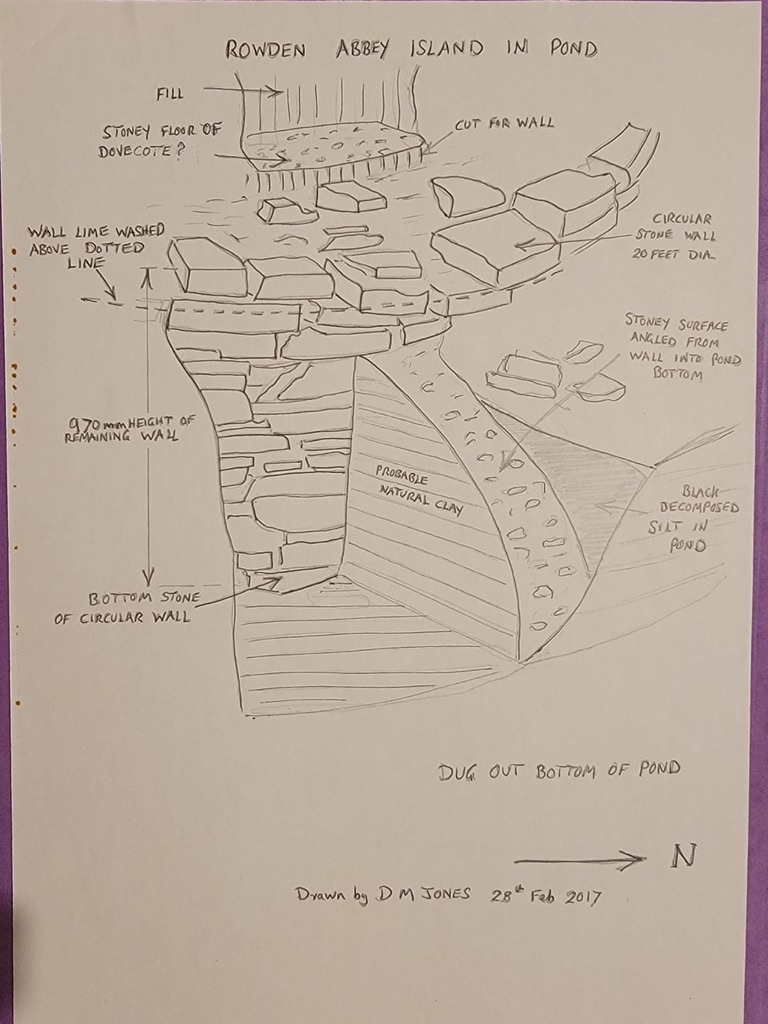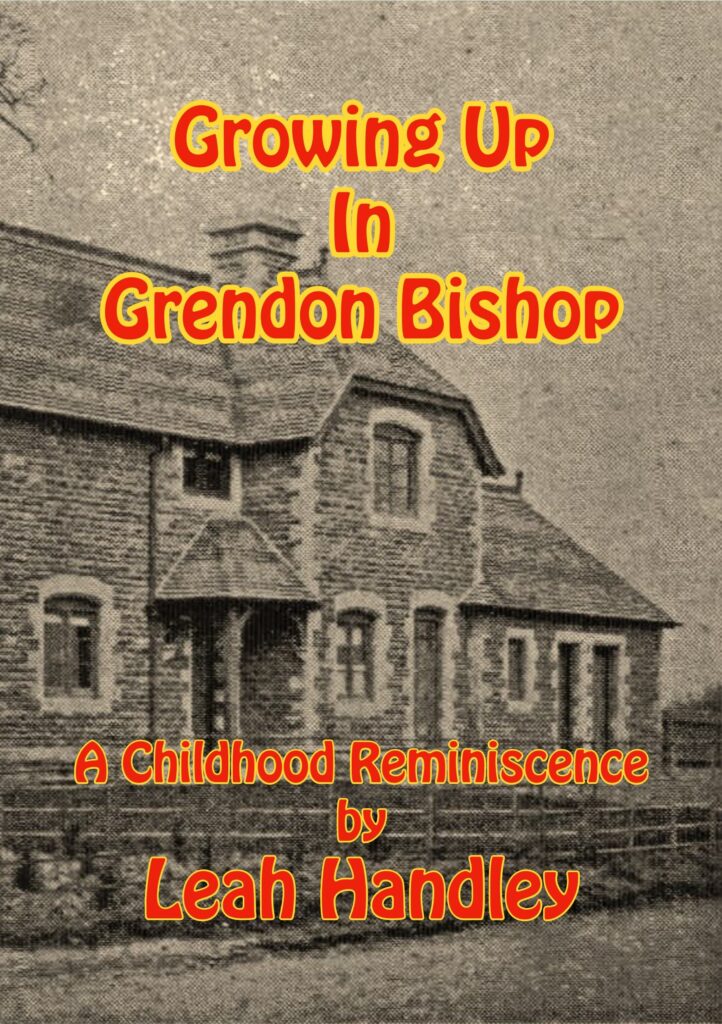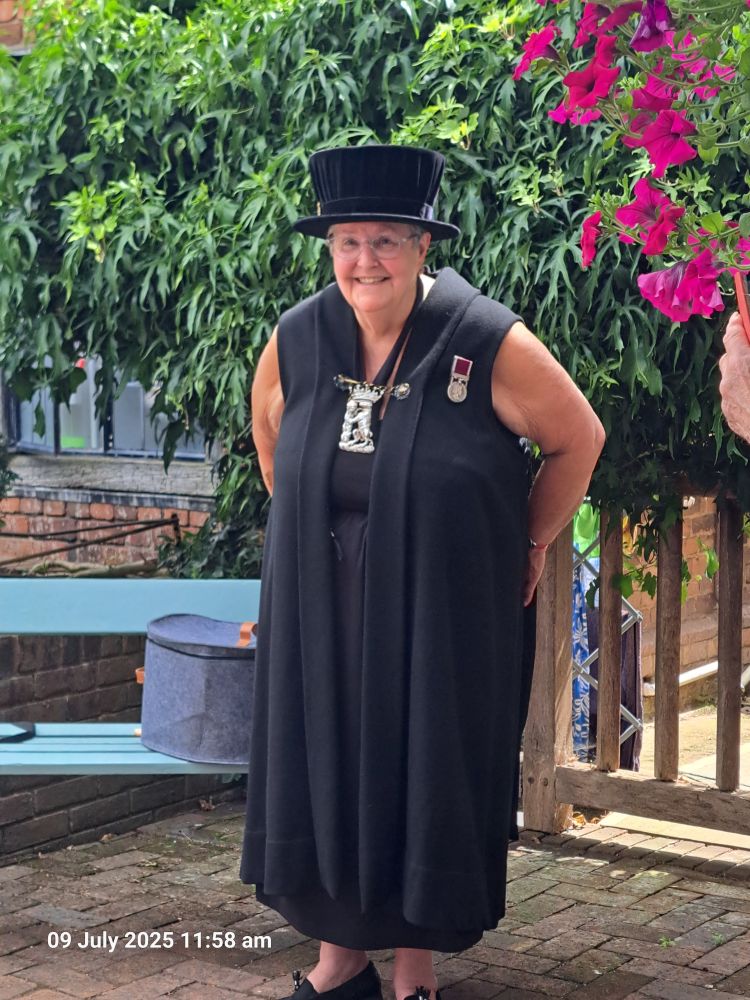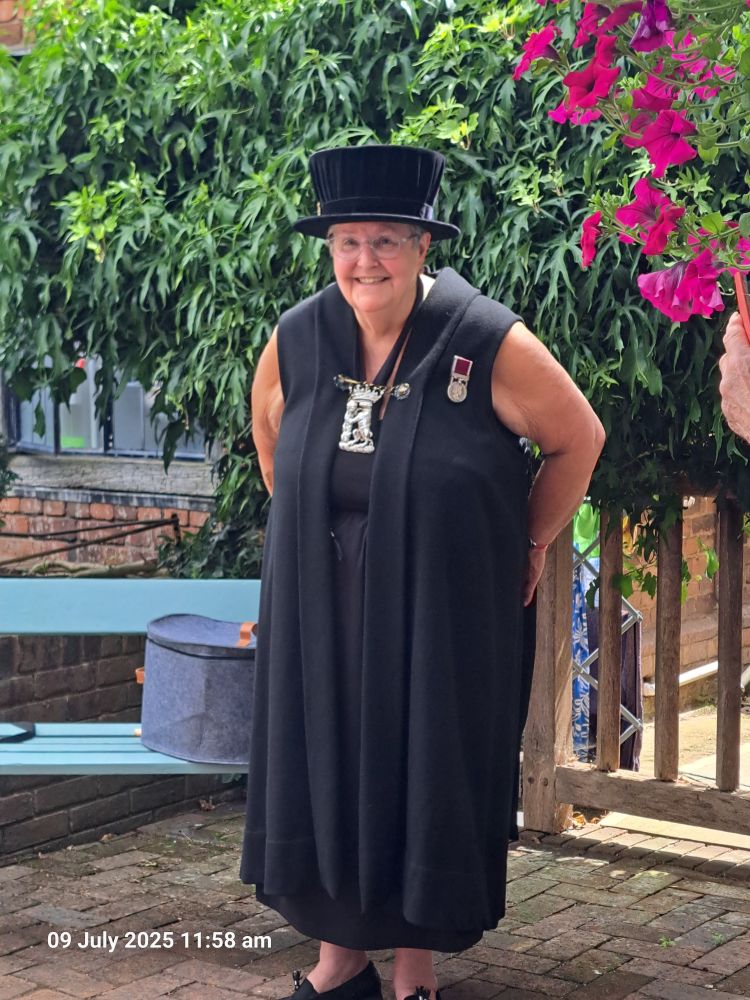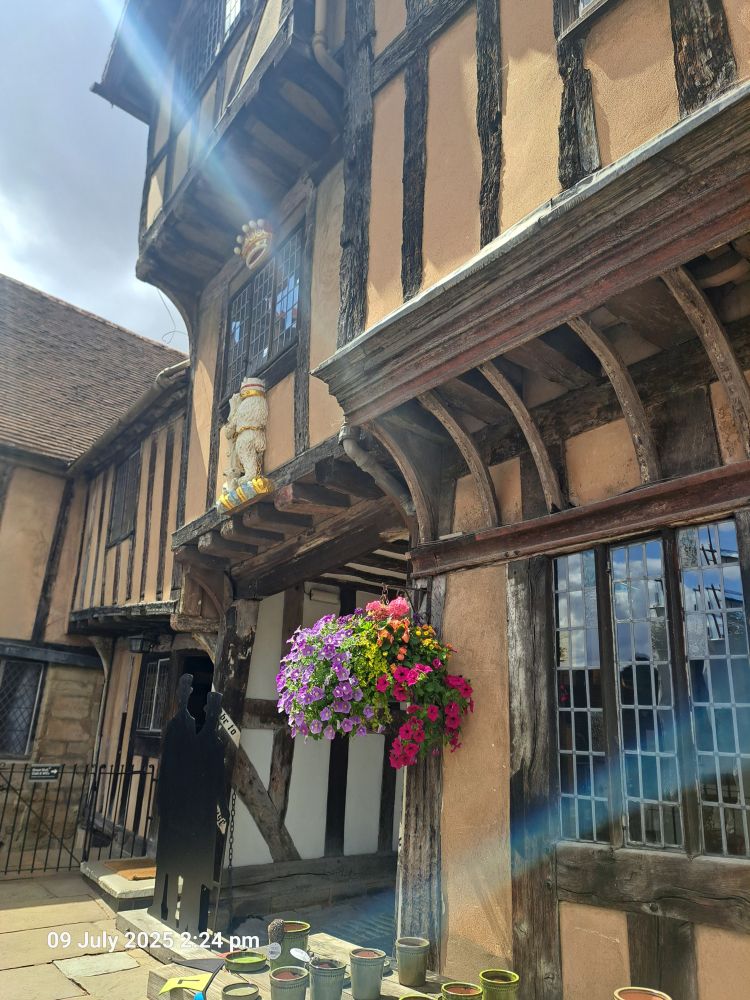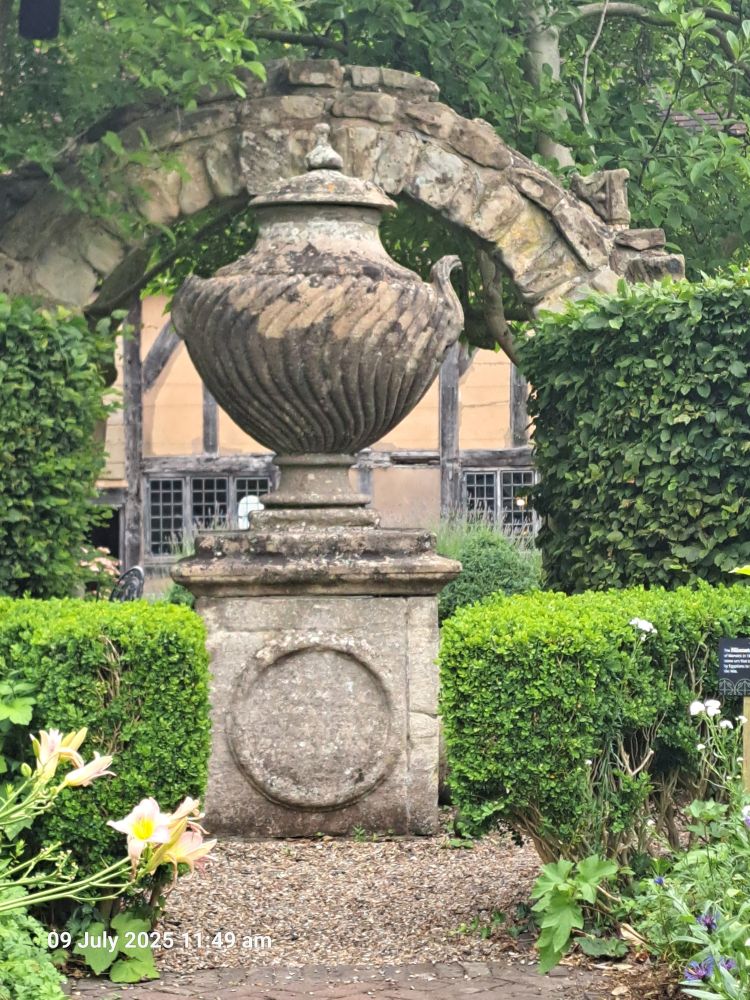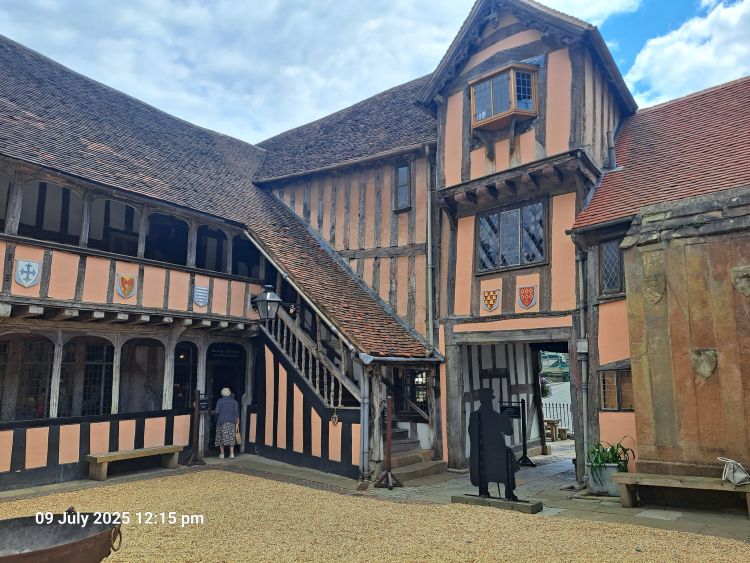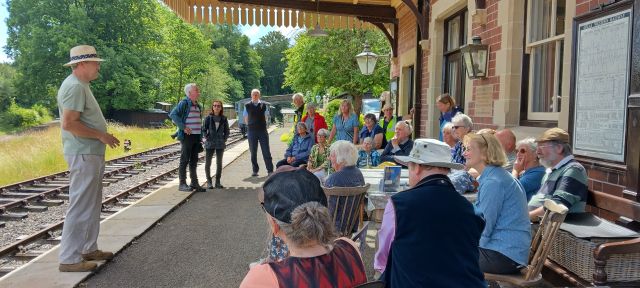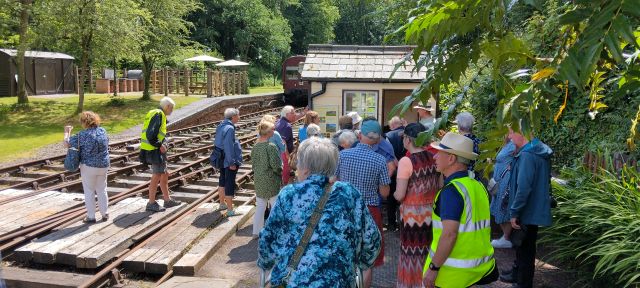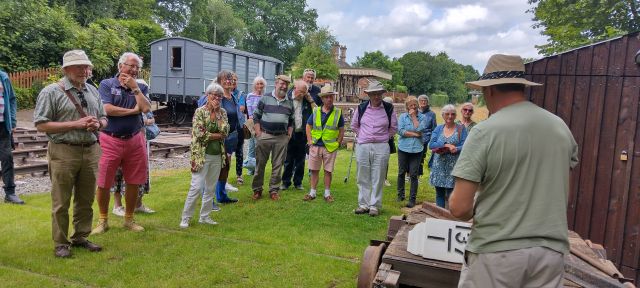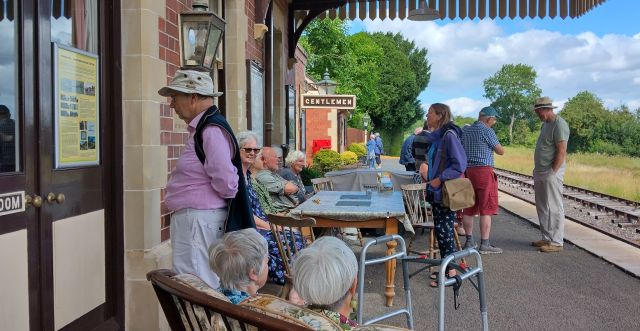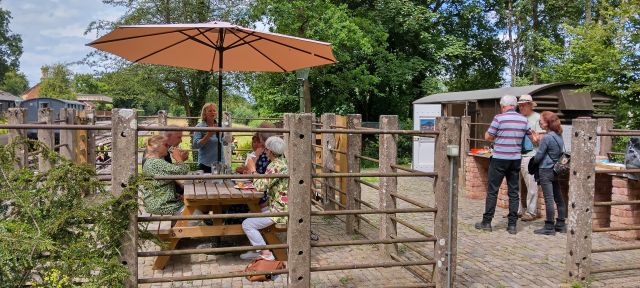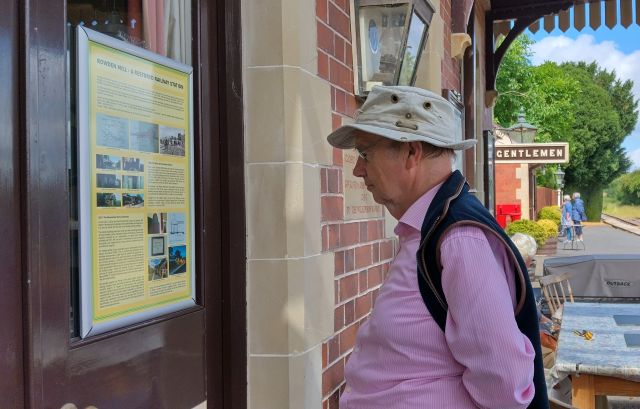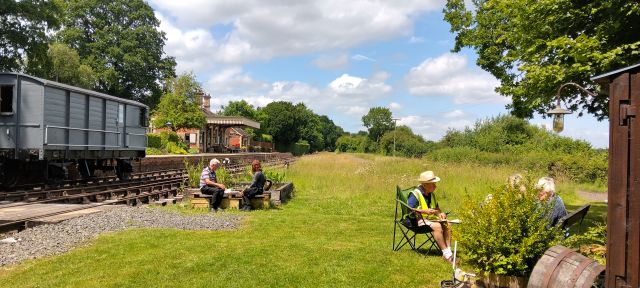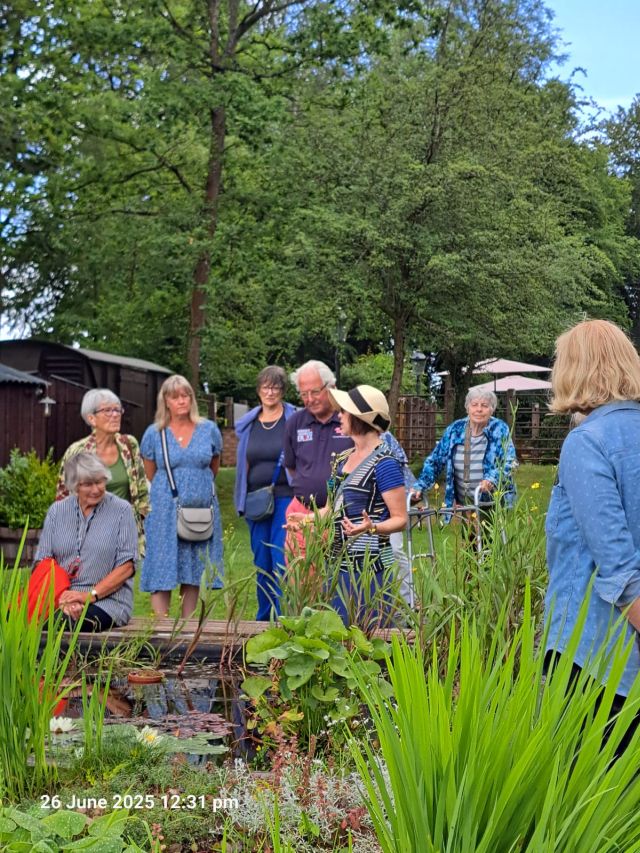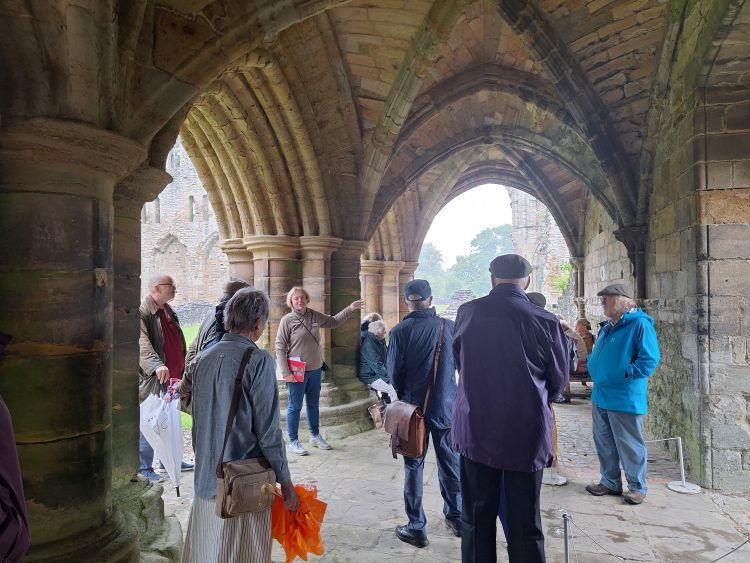BDLHS talk by David Parsons, 8th October 2025

The Survey of English Place Names by the English Place Name Society started in 1922. The Herefordshire volume is due for publication next year – based on studies of documents from medieval period onwards.
Languages are organised into:
Modern English French Welsh
Middle English Norse British
Old English Latin
British equates to post Roman Welsh ( also known as Brythonic DH note)
Languages used before British i.e. pre-Celtic are not known.
Romans adopted some existing British names e.g.. Branogenium (Leintwardine) comes from British Branogenos.
Lene – damp as in Leominster.
Maund comes from Magonsaete
Archenfield from Ergyng
Parts of Herefordshire between the Wye and the Monnow were Welsh speaking until the C11 and some until the C18.
Middleton is Miceltune in 1086 (Domesday).
Rivers have always been significant so their names tend to be old and a source of lost languages which have passed between cultures. Welsh (British)names for rivers were adopted by the Anglo-Saxons .
Teme, Tamar, Thames, Tame etc all have related etymology – unceryain but very old.
Humber – lost
Arrow – Alio??
Wye – unknown origin
Frome- from Welsh ffraw meaning lively/brisk
Lugg – from llug meaning bright
Leadon – from llydan meaning broad
Hope and Hop = secluded valley
Nash = at the ash
Noakes = at the oak
Both Nash and Noakes use a fossilised dative/prepositional case ending.
Venn = fen
Vern = fern
Queest , as in Queest Moor is a dialect word for pigeon.
Bylett = island in flood.
French
French has not had much direct influence on English place names .
Belmont has no French origin – name given to hotel and Abbey in 18th and 19th centuries.
Belgate Farm near Byton was connected to Wigmore Abbey which had a French mother house so this probably is French in origin.
Lots of instances of Waterloo used from 1830s .
Acton Beauchamp has a Norman surname added to an English place name.
Use of ‘Court’ is French in origin.
Thruxton is from Norse Thorkell – Norse was fashionable in 8th-9th centuries – unlikely to have been a Viking in Herefordshire.
Golden Valley / Vallée d’Or is from dor, the Welsh for water, not French. In 1128 it was known as Istratour.
Dinmore ( which has a Time Team episode devoted to it) probably means big fort – compared with Denbigh which means small fort.
Use of ‘Street’ is a borrowing from Latin into Early English.
Bury , as in Oldbury, Risbury, Thornbury is from burg meaning fortifications and meant a stronghold before it came to mean a borough.
Anglo-Saxon
Marcle combines 2 words for boundary and wood in the area between the Hwicce and the Magonsaete.
Comberton is a settlement of the Welsh (Cymru).
Aylestone Hill = Aegelmetes Stane (stone) which would have been the moot place for the county.
‘Thing’ is a meeting place.
Wormelow Tump = river worm, a Welsh river name – low and Tump both mean a mound so is an example of the same word in different languages put together.
Worm is Anglo-Saxon for dragon but comes from pre Anglo-Saxon Welsh.
Corn = heron or crane
Ham = bend in the river
Cloud = mass /cloud shaped rock
Staple = bar or post in Early English
Hand = a finger post sign
Wall = well or spring
Burgh = fortifiable place with a wall around it
Keep = cooper /barrels/ baskets
Flaggoner is from Plegel, a person’s name
Landynod = the biblical Land of Nod where Cain was sent after murdering his brother
Wick = specialised farm from vicus
Field names are another topic and a separate talk.
Sapey = the name of a stream
Ocle Pichard = oak wood plus a surname
Plaistow = playing place or arena
Stow = meeting place
Cowarne = cowshed
Day House = dairy house
Arthur’s Stone is C13 usage
Lyonshall – Lenehalle in1086 from lene meaning wet
Harewood = grey or damp wood, nothing to do with hares
From notes taken (in the dark) by Debbie Hughes
About The English Place Name Society
The English Place-Name Society (EPNS) was established in 1923 to conduct a county-by-county survey of the place-names of England. The Survey is used by researchers, academics, and those interested in the origins, meaning, and significance of English place-names.
The Survey is arranged by historic counties: the first volume, covering Buckinghamshire, appeared in 1925; the most recent, volume 96 dealing with part of Shropshire, appeared in 2020. Almost all English counties have been surveyed at least in part and work to complete the Survey is ongoing. This work has been supported by the British Academy since its inception, and by membership subscriptions to the Society, as well as one-off contributions from generous individuals or charitable organisations.
The main resource needed for research and writing of the Survey volumes is time, and time costs money. While substantial research projects for less complete counties will, we hope, be supported by larger funding bodies, we are also in a position to make significant progress on various other counties for which research or draft material exists but needs dedicated time and attention to bring to completion. Our current focus is on The Place-Names of Herefordshire, for which the late John Freeman, the county editor, had produced a draft of the first volume, which will deal with major names (i.e. the names of settlements). A researcher started work on this volume in June 2025, and although the EPNS is in a position to part-fund completion of the volume, we aim to raise additional funds from interested individuals and groups in order to bring it to publication.
The English Place Name Society has a just giving page if anyone would like to make a donation.

